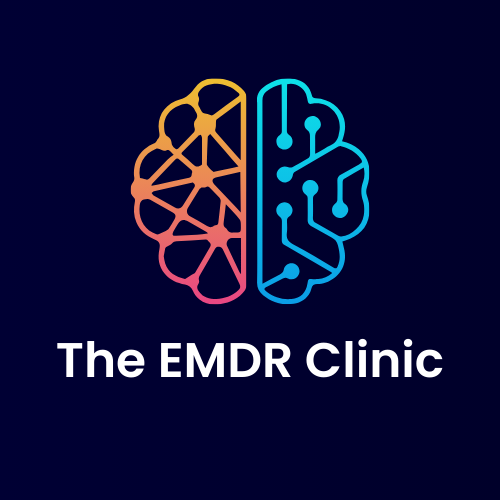What are the benefits of EMDR?
EMDR (Eye Movement Desensitization and Reprocessing) has been found to be effective in treating trauma-related disorders, including post-traumatic stress disorder (PTSD) & Complex post-traumatic stress disorder (C-PTSD) in addition to supporting other experiences such as anxiety, self-esteem and pain.
Here I’ve included several of the benefits associated with EMDR:
Trauma resolution: EMDR is particularly effective in helping individuals process and resolve traumatic experiences. It helps reduce the distress associated with traumatic memories by facilitating their reprocessing in a safe and controlled environment.
Results: EMDR therapy is often praised for its ability to bring about improvements in a relatively short period - sometimes these changes are small and build over time. While the duration of treatment varies depending on the individual and the severity of the trauma, EMDR has been known to yield results quicker than traditional talk therapies.
Minimizing retraumatization: EMDR incorporates techniques that minimize the risk of retraumatization during the therapy process. The bilateral stimulation, typically achieved through eye movements, taps, or sounds, helps individuals maintain a sense of safety and control while addressing distressing memories.
Comprehensive healing: EMDR aims to address the multiple aspects of a traumatic experience, including the cognitive, emotional, and physiological elements. By targeting these different dimensions, EMDR promotes holistic healing and integration.
Positive belief installation: A key component of EMDR involves identifying and installing positive beliefs to replace negative or distorted beliefs associated with the traumatic experience. This process helps individuals develop a more adaptive and positive outlook on themselves and the world around them.
Generalization of positive effects: EMDR therapy has been found to have a positive ripple effect, meaning that the benefits gained from working on specific traumatic memories often extend to other areas of an individual's life. This generalization can lead to improvements in mood, self-esteem, relationships, and overall well-being.
Applicability to various issues: While initially developed to treat trauma, EMDR has also shown promise in addressing a range of other mental health concerns, such as anxiety disorders, phobias, depression, addiction, and performance anxiety. It can be a versatile therapeutic approach that can be adapted to different issues and populations.
It's important to note that the effectiveness and suitability of EMDR may vary for each individual, and it is recommended to consult with a qualified mental health professional to determine if EMDR is an appropriate treatment option for your specific needs.
And, as someone who loves research and the curiosity that researchers follow in order to wrestle with understanding what impacts mental health, I’ve referenced several key studies and sources that support the benefits of EMDR:
Bisson, J., Roberts, N. P., Andrew, M., Cooper, R., & Lewis, C. (2013). Psychological therapies for chronic post-traumatic stress disorder (PTSD) in adults. The Cochrane Database of Systematic Reviews, 12(12), CD003388. doi: 10.1002/14651858.CD003388.pub4
This systematic review by Bisson et al. examines the effectiveness of different psychological therapies for chronic PTSD, including EMDR. The review indicates that EMDR is effective in reducing PTSD symptoms.
Lee, C. W., & Cuijpers, P. (2013). A meta-analysis of the contribution of eye movements in processing emotional memories. Journal of Behavior Therapy and Experimental Psychiatry, 44(2), 231-239. doi: 10.1016/j.jbtep.2012.11.001
This meta-analysis explores the role of eye movements in the effectiveness of EMDR therapy. The study suggests that the use of eye movements in EMDR contributes to its therapeutic benefits in processing emotional memories.
Hase, M., Balmaceda, U. M., Hase, A., & Lehnung, M. (2015). Eye movement desensitization and reprocessing (EMDR) therapy in the treatment of panic disorder: A systematic review and meta-analysis. Frontiers in Psychology, 6, 1130. doi: 10.3389/fpsyg.2015.01130
This systematic review and meta-analysis specifically examine the efficacy of EMDR in treating panic disorder. The study concludes that EMDR therapy is effective in reducing panic symptoms and associated comorbidities.
A further resource that may be helpful for potential, existing or EMDR curious clients is:
Shapiro, F. (2012). Getting Past Your Past: Take Control of Your Life with Self-Help Techniques from EMDR Therapy. Harmony/Rodale publications
Francine Shapiro, was the founder of EMDR therapy, and this book discusses the theoretical foundations and provides practical guidance for self-support and EMDR.
I hope this post has been informative and helps you understand what EMDR ‘does’ in a little bit more depth.


